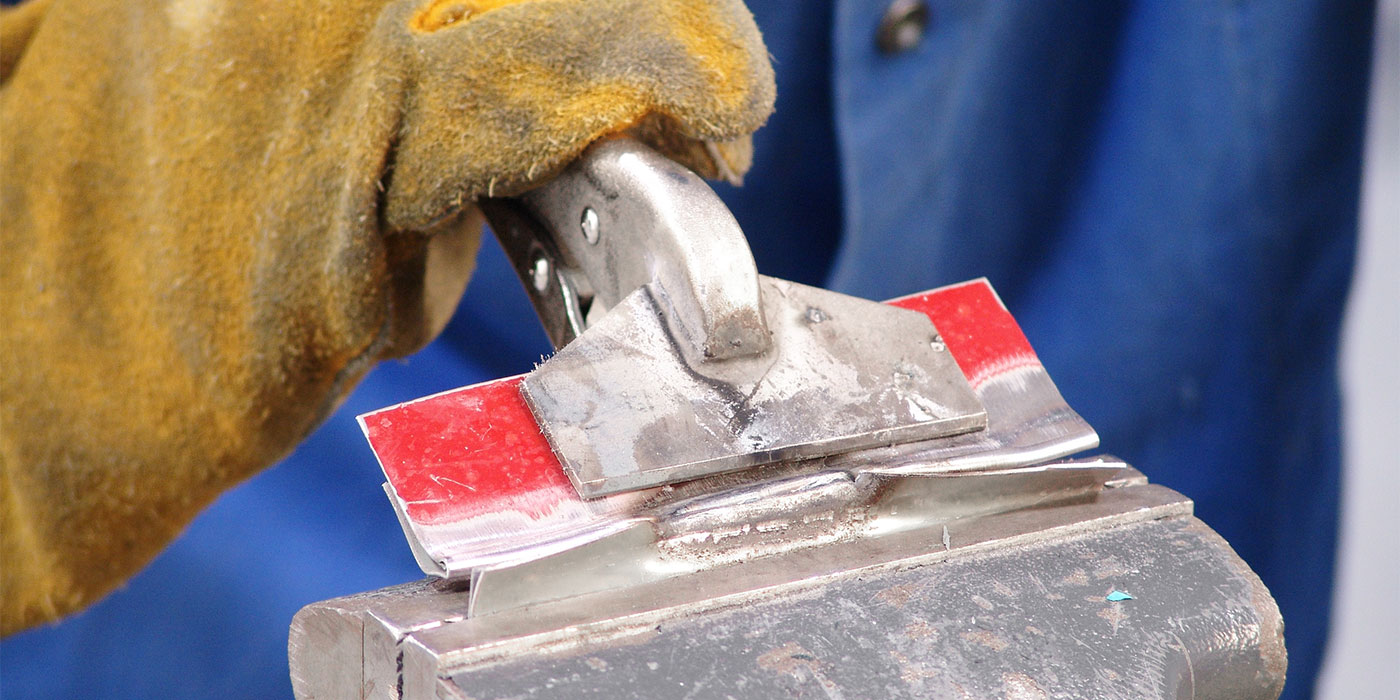I attended the Collision Industry Conference (CIC) in January in Palm Springs, Calif., and once again, I was reminded that the topic of repair standards is more complicated than just “follow the OE repair recommendations.”
That’s how the Repair Standards Advisory Committee panel discussion started out, with one member of the audience reminding the rest of the room that the Society of Collision Repair Specialists, the Automotive Service Association and the Alliance of Automotive Service Providers had all come together in late 2011 to jointly declare that OE repair recommendations should be the standard.
But then the issue of “gaps” was brought up – that there isn’t an OE-recommended procedure for everything. And then a representative from the aftermarket came to the microphone and advised repairers to not disregard alternatives out there.
And then you have the insurers that outwardly declare they want safe repairs, but many repairers calling bull on that, believing that they want the cheapest repairs. A repairer recently told me he is seeing this firsthand by the shop ranked at the top of one insurer’s preferred list, claiming this shop is known around town for doing the shoddiest work. If this is indeed true, it makes insurers look like they’re talking out of both sides of their mouth.
It was agreed upon during the discussion that it’s up to repairers to address these gaps in OE repair procedures. One shop wrote Mercedes to ask its opinion on a repair solution it had come up with for lack of any the OE had issued. But this was a highly reputable shop…how many shops are actually going to take the time to do this?
One OE at the meeting pleaded with repairers, asking, “What do you want?” He was implying that he was willing and able to deliver whatever they want – they just have to tell him what that is.
One thing is for certain: no repairer should be touching cars today without referring to OE information.













